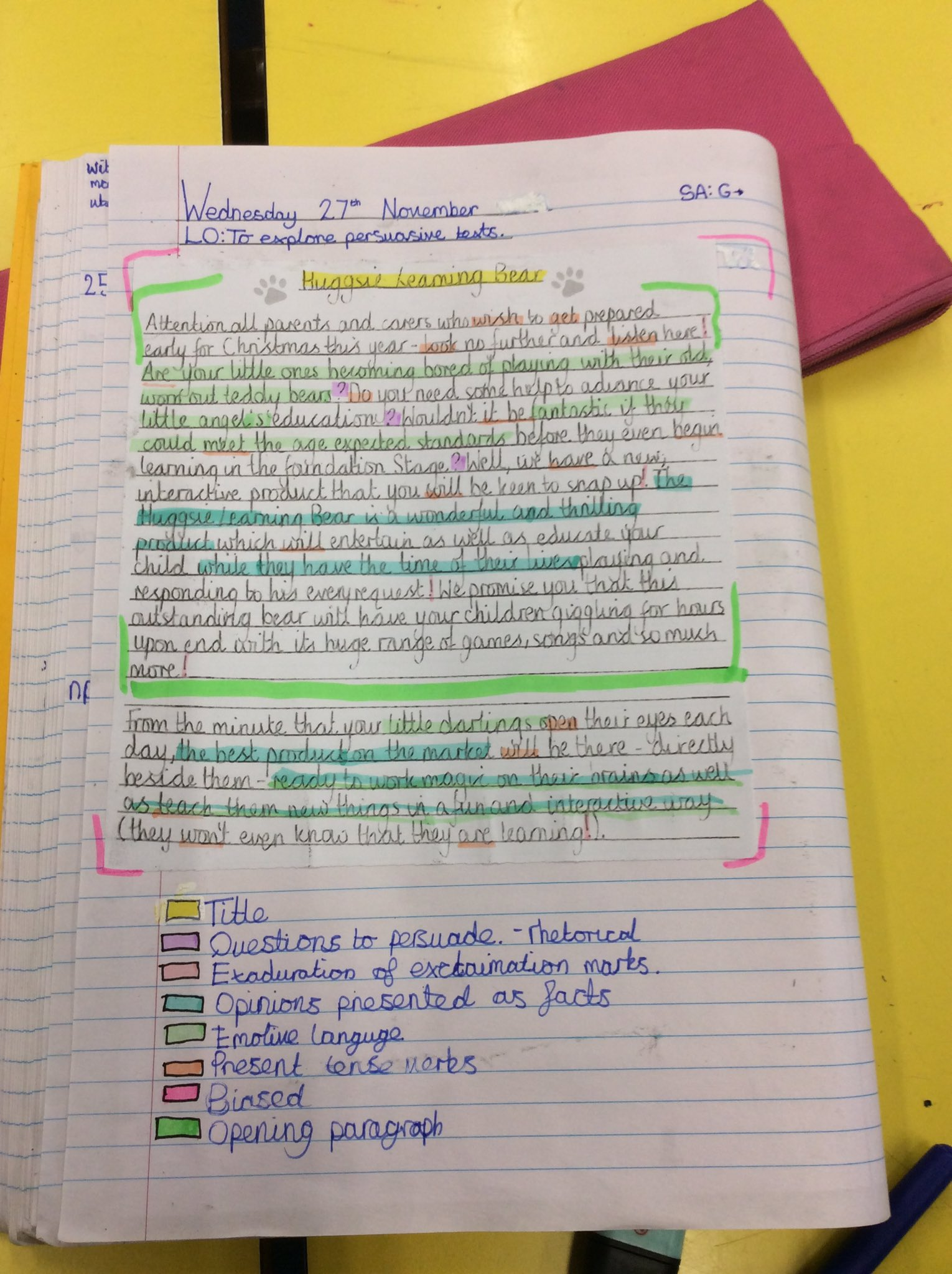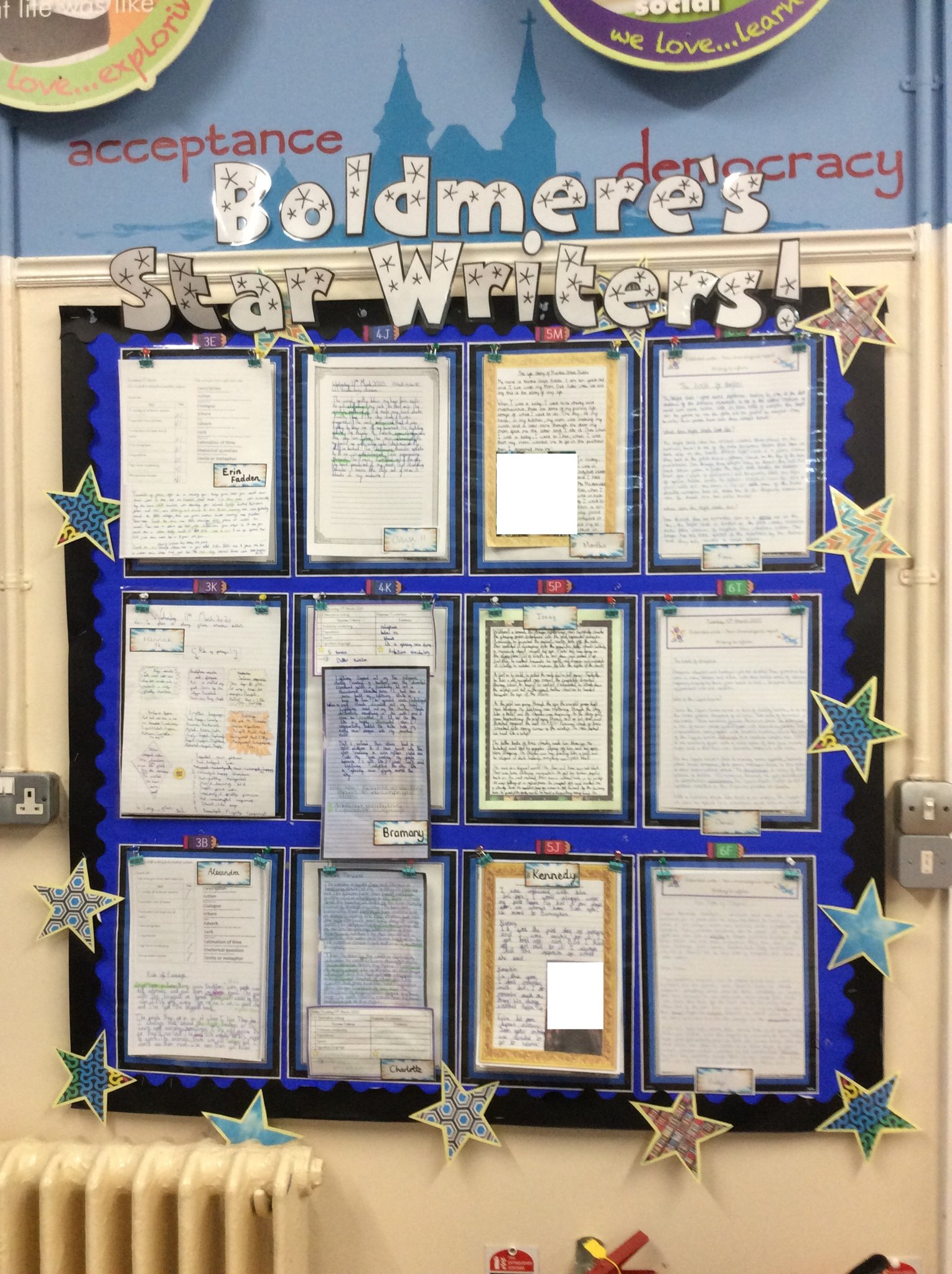Writing
Curriculum Design: Writing
It is our firm belief that writing, when implemented closely alongside reading, underpins all learning within the curriculum. We strive for our children to be equipped with the skills, knowledge and ability to be able to communicate through writing in all aspects of their lives and we aim to ignite a passion for writing.
Writing became a key school improvement priority in September 2023.
To enhance the writing curriculum and ensure that ALL children become fluent, coherent writers, we recently adopted key aspects of ‘The Write Stuff’ by Jane Considine to bring clarity and consistency to the mechanics of writing. The Write Stuff is a research informed approach to teaching writing, designed to sharpen teacher’s subject knowledge and ensure that no child gets left behind in the subject. Alongside the use of the ‘Write stuff’ approach we continue to use vocabulary and inspiration from our well-constructed and diverse reading curriculum which helps pupils make links between the texts they are reading and the ones they are writing.
To raise writing standards across the curriculum, and specifically to improve children’s understanding and application of key transcriptional skills, we implemented a set of non-negotiables for the subject to make explicit the absolute minimum expectation for all written work; this is referenced as ‘every piece, every time’ and has ensured that writing standards and consistency have improved.
At Boldmere we ‘write for purpose’ – children are taught to carefully consider the purpose for the writing and use transferable skills in order to produce effective work, focusing on the impact this will have on the reader.
The Write Stuff approach:
The ‘Write stuff’ is a creative and rigorous approach which develops children’s writing by enabling them to apply basic skills, vocabulary and grammar knowledge to write effective sentences, which are full of impact and keep the reader interested. As part of the teaching sequence, teachers plan sentence stacking lessons and independent writing sequences.
‘Sentence Stacking’ - which refers to the fact that sentences are stacked together and organised - are used to engage children with short, intensive moments of learning that they can then immediately apply to their own writing.
An individual lesson is based on one plot point from the text, with each learning chuck including:
- 1. Initiate section – a stimulus to capture the children’s imagination and set up a sentence.
- 2. Model section – the teacher models a sentence that outlines clear writing features and techniques.
- 3. Enable section – the children write their sentences, following the teacher’s model.
During the initiate section children ‘chot’ (chat and jot) down their ideas from stimulating resources, such as pictures, music and drama. The children are encouraged to use ‘kind calling out’ where they call out examples of vocabulary, adverbs, onomatopoeia etc..
During the Model section the teacher prepares children for writing by modelling the ideas, grammar and techniques to support and scaffold learning. ‘Deepen the Moment’ is where children are challenged to independently draw upon previously learnt skills and apply them to their writing during that chunk.
Following the sentence stacking, children are given the opportunity to show what they have learnt by planning and writing their own independent piece of writing which includes opportunities for editing.
We teach children to write effectively across a wide range of topics, subjects and genres.
The highest expectations are held with regard to the application of fundamental writing skills. The introduction of ‘Every Piece, Every Time’ evidences this across the curriculum more broadly.
Impact:
- Children enjoy writing and are both inspired and motivated to achieve well in the subject. Our writing outcomes are consistently above the national average. Where discrepancies occur in writing outcomes to individuals or groups of children, due to our strong moderation practices, these are well-known to school leaders and prioritised accordingly.
- Children are taught to write for a range of purposes including diary entries, persuasive letters, stories, poems and recounts to name but a few.
- Children are given frequent opportunities to use their vast knowledge of vocabulary to excite, inform or entertain the reader.
- Children are taught to understand a range of punctuation and the effect it can have on the reader in both writing and reading.
- Children have a clear view of what high quality writing looks like and their learning is structured clearly and misconceptions dealt with.
- Through deliberately repetitive pedagogy, children have a concept of how to build, plan and complete a piece of writing due to narrative maps and non-fiction shapes.
Monitoring evidences that teachers have an improved subject knowledge and a more consistent approach that ensures clear pathways of how to guide pupils

Star Writers
We also celebrate our writing achievements by displaying a selection of writing from all classes on our Star Writers Display. This is updated regularly and positioned in the main entrance.

Speaking and Listening

In order for children to become successful communicators, we provide opportunities for them to develop speaking and listening skills across the curriculum. These include:
- listening and responding to other people’s ideas and viewpoints;
- using language, including new vocabulary, to explore ideas and explain their thinking and feelings;
- participating in discussion, presentations, performances, role play and debate;
- consideration and awareness of the audience.
.png)